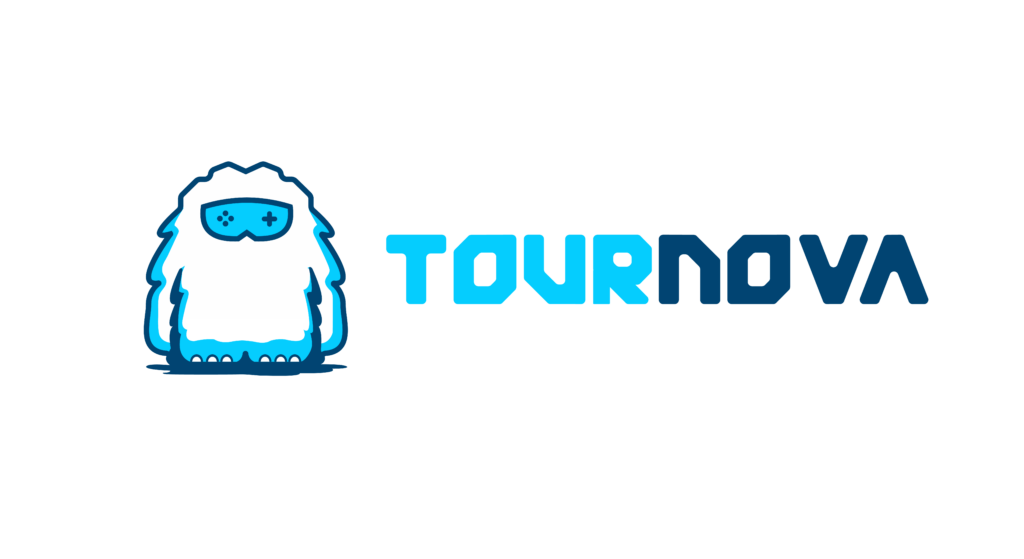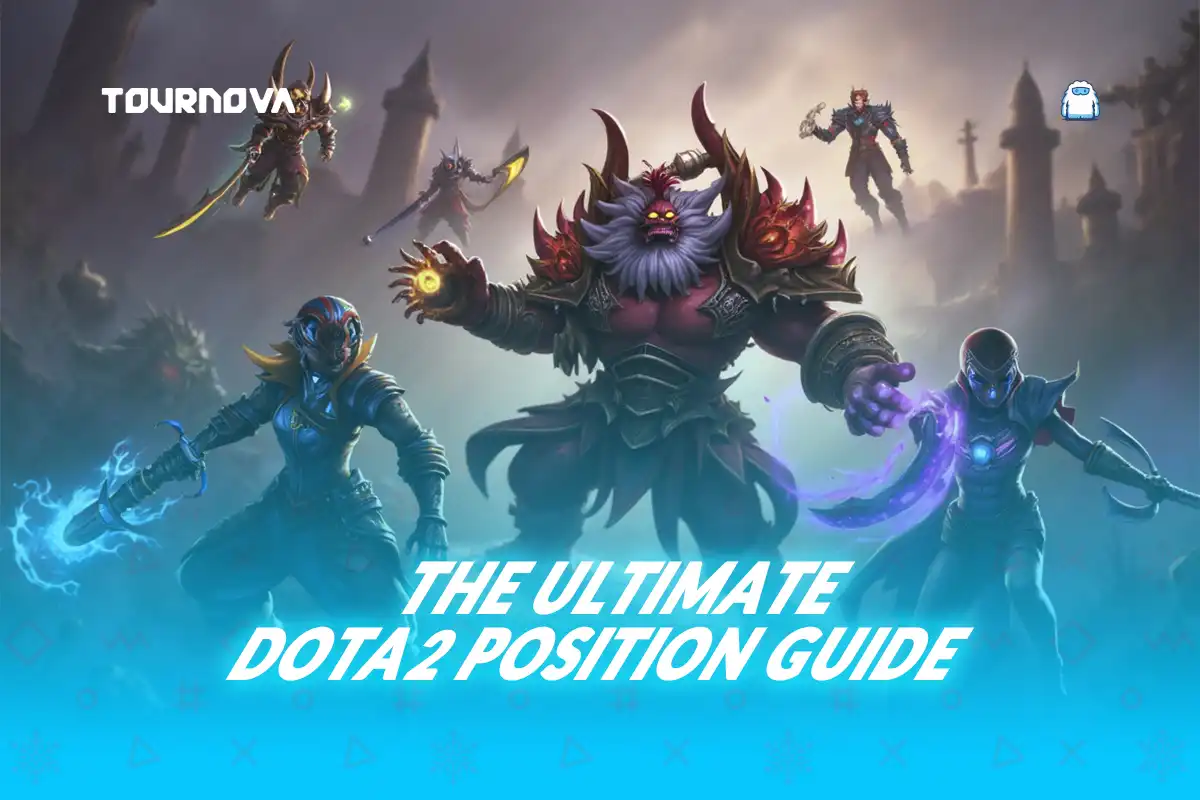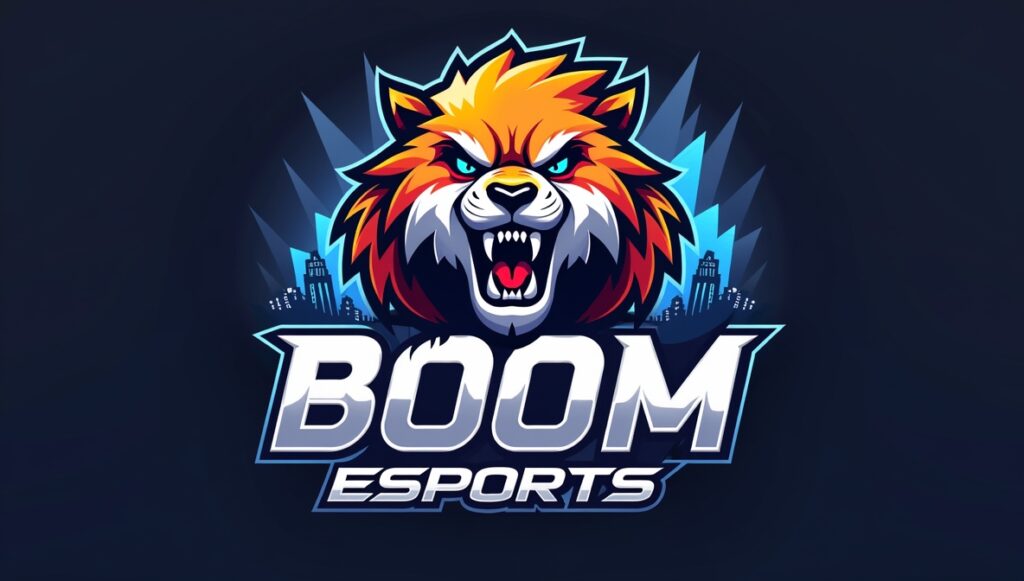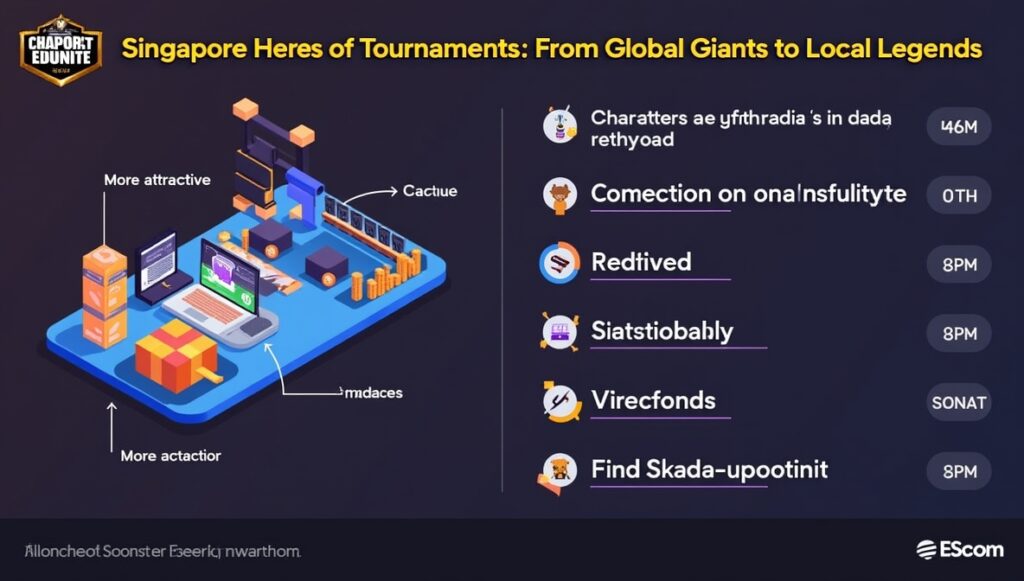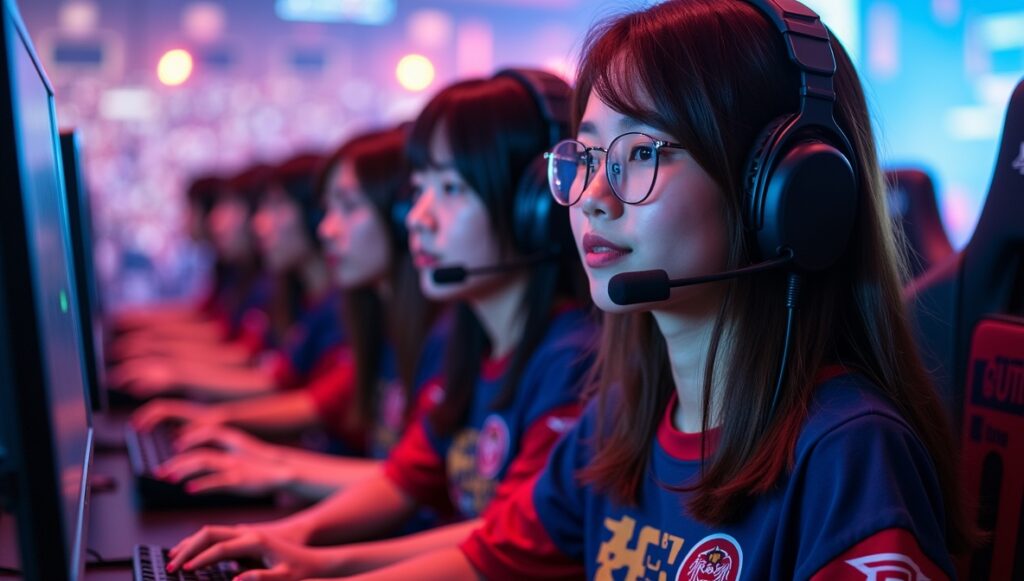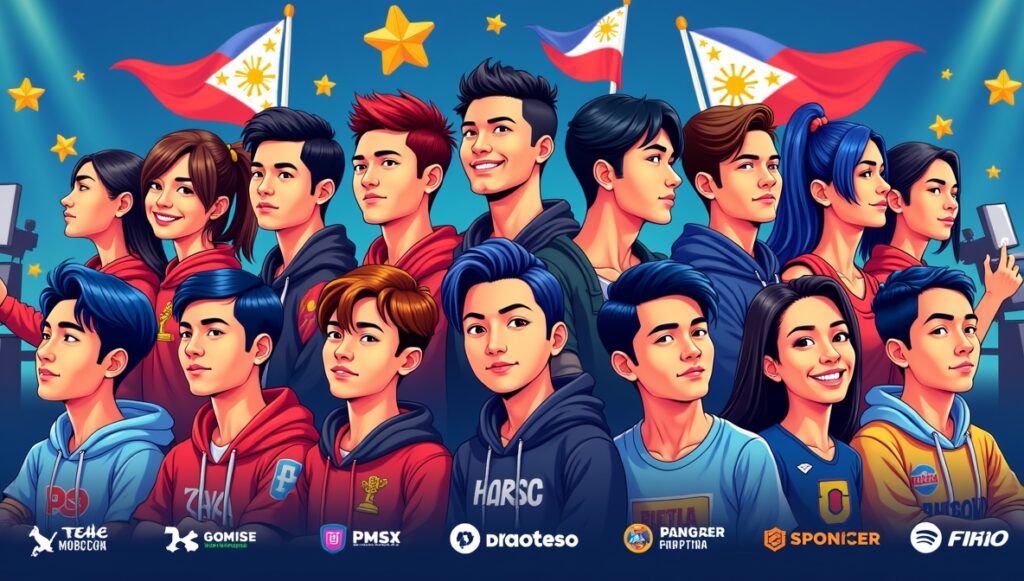If you’ve ever played Dota 2, you know one simple truth: Teamwork makes the dream work. However, good teamwork isn’t just about getting along with your teammates or hitting your abilities on time—it’s about understanding your role on the team. And if this has ever confused you, trust me, you’re not alone. We’ve all been there. Maybe you were drafted into a position you didn’t understand, or perhaps your team clashed because everyone wanted to play carry. A disorganized team almost always leads to disastrous games.
The great thing about Dota 2 is that its five unique positions create a structured framework, ensuring every player has their place on the battlefield. Knowing your role—and playing it well—can completely transform your impact in games. Understanding Dota 2 roles and positions is essential for success. In this Dota 2 position guide, we’ll walk you through the five core positions, their unique responsibilities, and how to find the one that suits you best. Whether you’re a newcomer still trying to figure out what “Position 4” means or you’re looking to sharpen your skills for higher-ranked games, this guide has everything you need.

Overview of Dota 2 Roles and Positions
Dota 2 boasts some of the largest prize pools in esports history, attracting top-tier global talent.
Dota 2 relies on a cohesive team dynamic, and each of the five positions brings something vital to the table. These positions are ranked from Position 1 (hard carry) to Position 5 (hard support), with the number indicating how farm-dependent that player is:
- Position 1: Takes the most farm (aka gold and XP), typically by playing hard carries whose power spikes late in the game.
- Position 2: The midlaner, a hero who balances farm, tempo control, and early impact.
- Position 3: The offlaner, often playing a tanky or disruptive hero that initiates team fights.
- Position 4: A roaming support focused on creating space and setting up plays.
- Position 5: The hard support, who sacrifices personal resources to enable the carry and maintain map vision.
Understanding the gold distribution system within Dota 2 roles and positions is crucial. Carries (Pos 1 and 2) consume farm to hit their power spikes, while supports (Pos 4 and 5) ensure the team’s survival by playing resource-independent roles. It’s a delicate balance, and when done right, it’s poetry in motion.
Now, let’s dive deeper into each position and what makes them unique.
Position 1: The Carry – The Late-Game Powerhouse
Typically played in the safe lane, the Carry focuses on farming efficiently early, then leading the team to victory with strong itemization and teamfight impact.
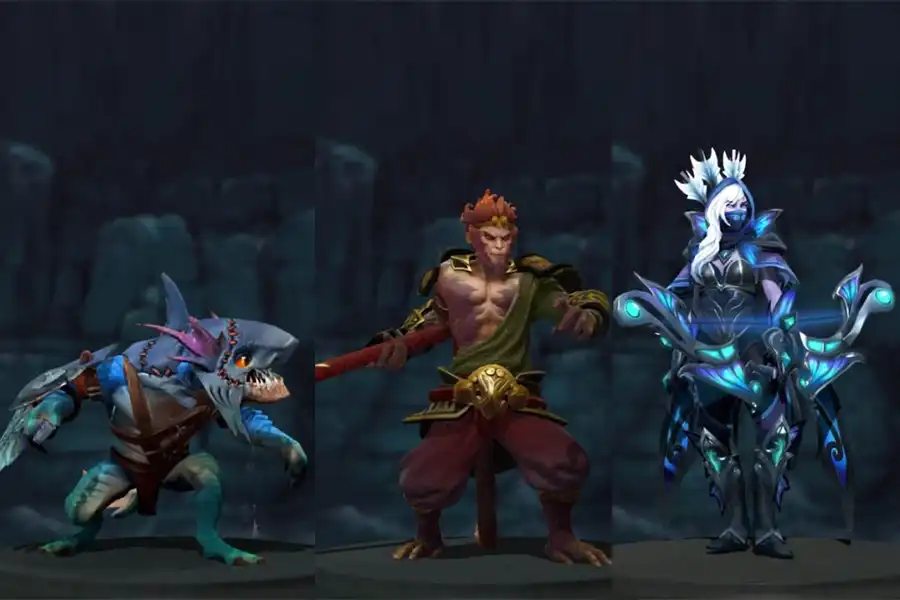
When people think of Dota 2 glory, the carry role is often the first thing that comes to mind. As the primary damage dealer, your late-game impact can single-handedly win matches.
The key to excelling as a carrier lies in your farming efficiency. Last-hitting creeps, rotating to safe lanes, and avoiding unnecessary fights in the early game are crucial. You’ve probably seen high-level players focus on maximizing gold income with minimal downtime—that’s the mindset you’ll need.
Heroes like Anti-Mage, Spectre, and Juggernaut are classic carries because they scale phenomenally with items. But don’t let this fool you; being a carrier isn’t just about farming. Position 1 heroes must be precise with their item builds, understand when to join fights, and avoid dying unnecessarily.
Position 2: The Midlaner – The Tempo Controller
Often played by mechanically skilled players, the Midlaner excels in solo matchups, rotations, and securing key kills to accelerate the team’s momentum.

The midlaner dictates the game’s pace, plain and simple. Playing mid, a key component of Dota 2 roles and positions, is about being in control of your lane and understanding when to rotate to assist your team or pressure objectives.
Solo laning requires strong mechanics, as you’ll face an enemy midlaner without help from your team. Securing rune control and winning the farm war are some of the main responsibilities. Once you hit your power spike—whether it’s item-based (like a Dagon on Tinker) or level-based (like Invoker getting all his spells)—you’ll be expected to take over the game.
Aggressive mid heroes like Storm Spirit or Ember Spirit focus on pick-offs and early-game domination. On the other hand, farming mids like Sniper focus on scaling into the late game while still providing early impact through long-range poke.
Position 3: The Offlaner – The Team’s Backbone
Often tanky and independent, the Offlaner thrives in tough matchups, setting up plays and absorbing damage for the team.
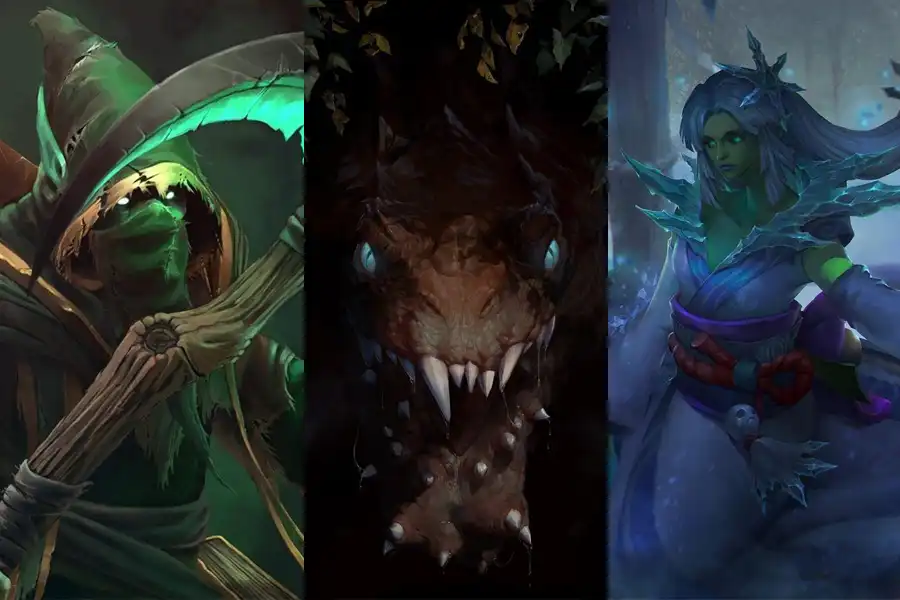
If you love being annoyingly persistent in fights, offlane is calling your name. The offlaner’s job revolves around disrupting enemy carries and initiating team fights.
Playing offlane is not glamorous, but it’s one of the most impactful roles on the team. Tanky initiators like Centaur Warrunner or Tidehunter are popular because they soak up damage while enabling their team with strong area control magic. Alternatively, utility-focused offlaners like Beastmaster focus on map pressure and providing vision through summoned units.
While the offlane, within the established Dota 2 roles and positions, can be challenging early on, a good offlaner transitions into a team-fighting beast capable of flipping fights in your team’s favor.
Position 4: The Roaming Support – The Playmaker
With strong utility and crowd control, this support helps secure kills, controls vision, and enables the team’s cores to farm safely.
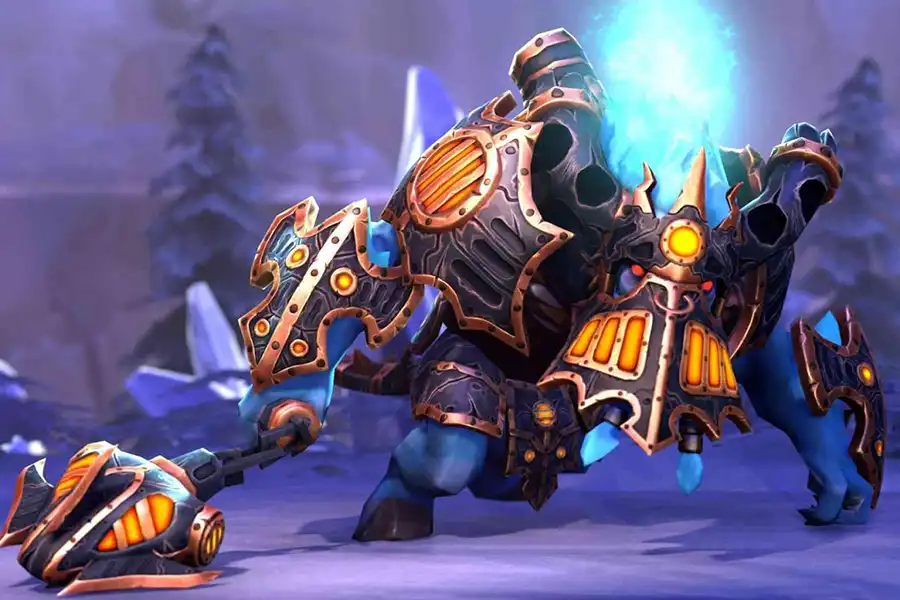
Position 4 is all about setting the pace. If you’ve ever dreamt of pulling off flashy plays with minimal resources, this is your role. Roaming supports focus on early-game ganks, controlling runes, and establishing vision—all while on a tight budget.
Heroes like Earth Spirit and Tusk excel as Position 4s because they bring strong crowd control and mobility for ganking lanes. Your job is to make your carry’s life easier in the laning phase, then transition into a playmaking role by disrupting the enemy’s efforts to farm or secure objectives.
It’s a role that demands confidence, fast decision-making, and the ability to predict enemy movements. Position 4 players thrive in chaos, creating opportunities for their team to push for victory.
Position 5: The Hard Support – The Team’s Shield
With minimal farm priority, the Hard Support focuses on vision control, saving allies, and initiating key fights to secure objectives.
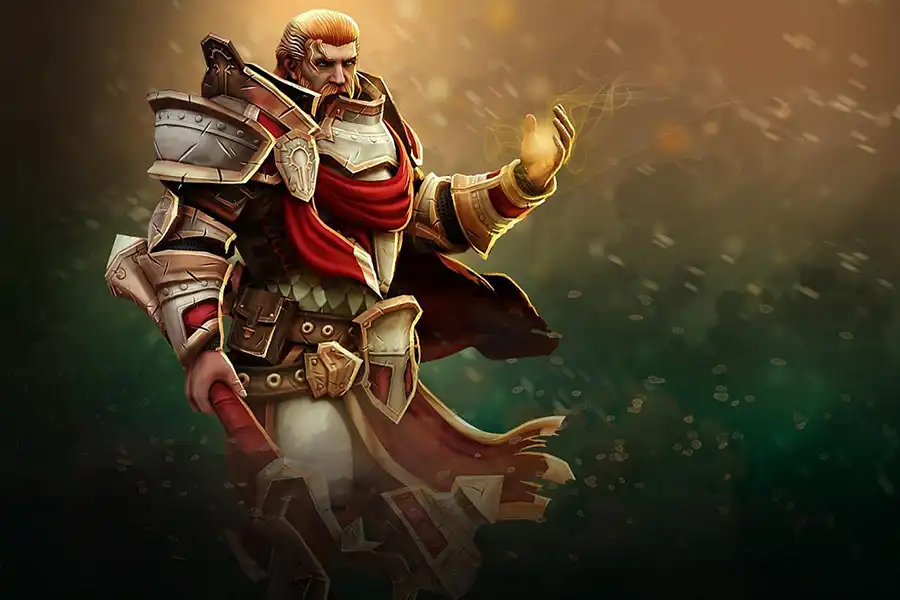
As the hard support, your number one goal is to keep your team alive while making your carry look like a god-tier player. Position 5 players are the backbone of any well-coordinated team, silently making sure everyone can achieve their objectives.
Within the defined Dota 2 roles and positions, you’ll place wards for vision, pull creep waves to stabilize the lane, and itemize defensively for your team. Heroes like Crystal Maiden, Lich, or Omniknight specialize in providing either heals, disables, or buffs that make your allies even stronger.
Great Position 5 players don’t get much glory, but they make or break games. Remember, winning as a hard support is about self-sacrifice—your success is in your team’s success.
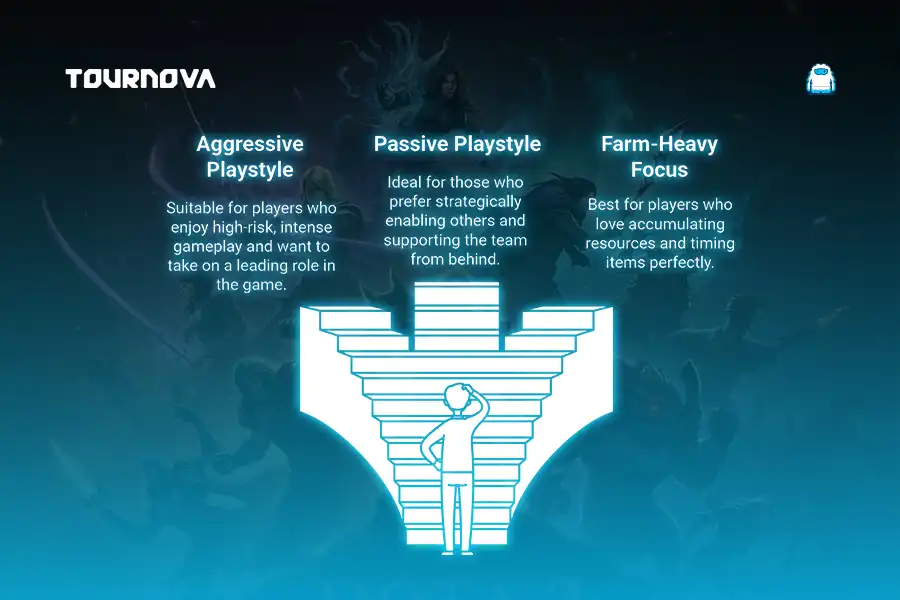
How to Choose the Best Role for You
Have you found yourself wondering which position matches your playstyle? Deciding can be tricky, especially if you’re new to the game. Here are some tips:
- Aggressive vs. Passive: Do you enjoy high-risk, intense gameplay? Consider carry or midlane. If you prefer strategically enabling others, support might be your best fit.
- Farm-Heavy vs. Utility: Some players love hitting that perfect item timing with tons of gold (carry or mid). Others want to dictate fights with fewer resources (offlane or support).
- Experiment: The best way to learn is by trying every role. Play practice matches focused on a single position to understand its nuances.
Ultimately, flexibility is key. No team benefits from five carries, so being able to adapt ensures success no matter what.
Tournova: Defining Roles for Competitive Success
Much like Dota 2’s emphasis on roles and positions—carry, mid, offlane, support—Tournova thrives by addressing the specific needs of players, organizers, and developers in its ecosystem. The clarity of Dota 2’s positions translates to our platform’s approach: Each user group has a distinct role to play in fostering a vibrant competitive environment. From casual players seeking quick, rewarding tournaments to tournament organizers managing large-scale competitions, our platform offers tailored tools for streamlined experiences. Just as every role in Dota 2 contributes to a team victory, the platform empowers its users to seamlessly collaborate and achieve growth within their community.
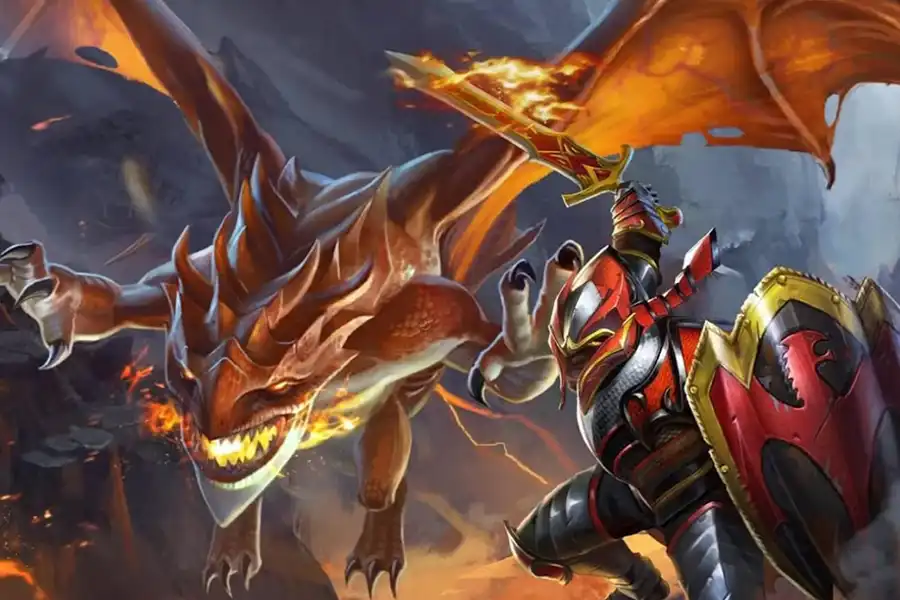
In the context of Dota 2, our platform provides resources such as beginner guides and hero playstyle tips to assist players in improving their skills and understanding of the game.
Tournova’s emphasis on structure, much like in Dota’s competitive framework, ensures that every player or organizer can shine in their position. For players, the platform provides easy access to featured tournaments and progression through prize-focused competitions. For organizers, its automated tools simplify managing matches, brackets, and results. Our platform creates a symbiotic ecosystem where each participant thrives, drawing inspiration from the collaborative dynamics that make games like Dota 2 so popular.
Conclusion
Dota 2 is a game of strategy, and every position plays a crucial part in ensuring team success. Whether you’re the gold-gobbling carry or the selfless support warding behind enemy lines, there’s a niche for everyone. By understanding Dota 2 roles and positions and how they contribute to the bigger picture, you’ll build better synergy with your team while climbing the ranks. So grab your favorite hero and dive into your chosen role. The battlefield is calling—good luck out there!
FAQ
What’s the easiest position for beginners?
For newcomers, Position 5 (hard support) is often the easiest since it doesn’t require heavy farming or complicated item builds.
Which role requires the most skill?
Midlane generally demands the most skill because it relies heavily on solo matchups, mechanical precision, and map awareness.
Can offlane heroes be played as carries?
Yes! Some offlane heroes like Timbersaw or Legion Commander can scale into carry roles if the situation calls for it.
What’s the most impactful position in low-rank games?
Supports can dominate low-rank games by warding, controlling runes, and enabling their teammates to thrive.
